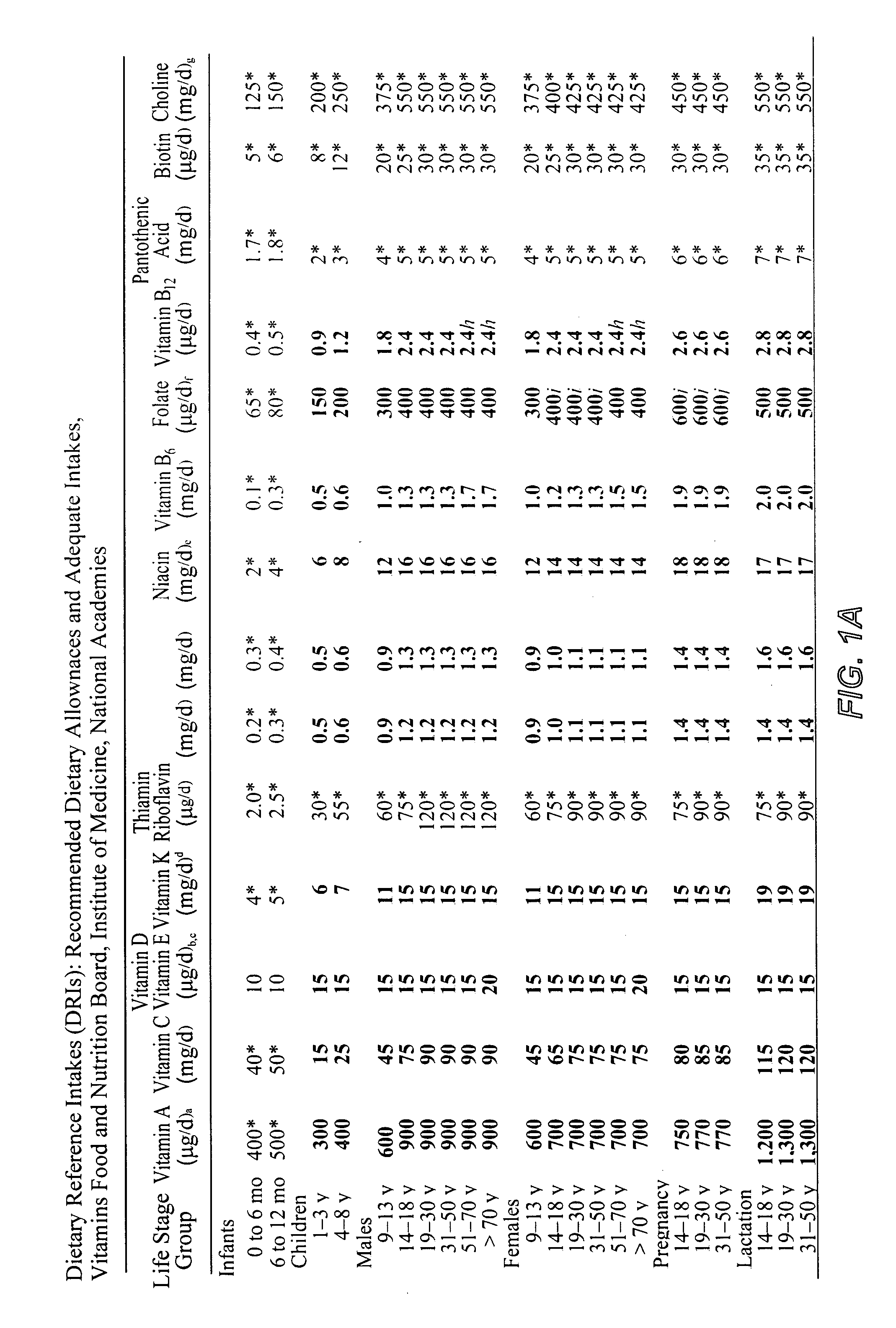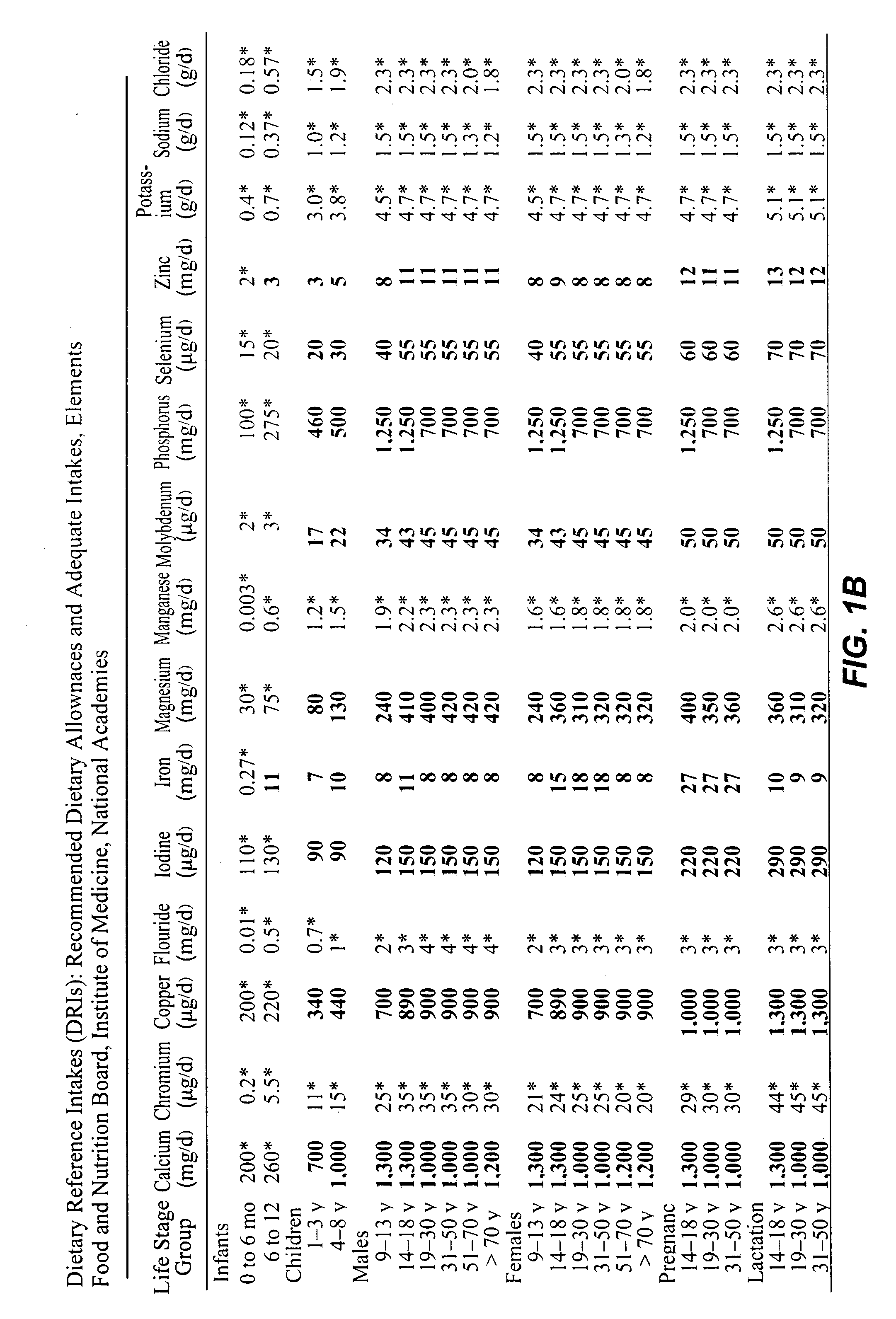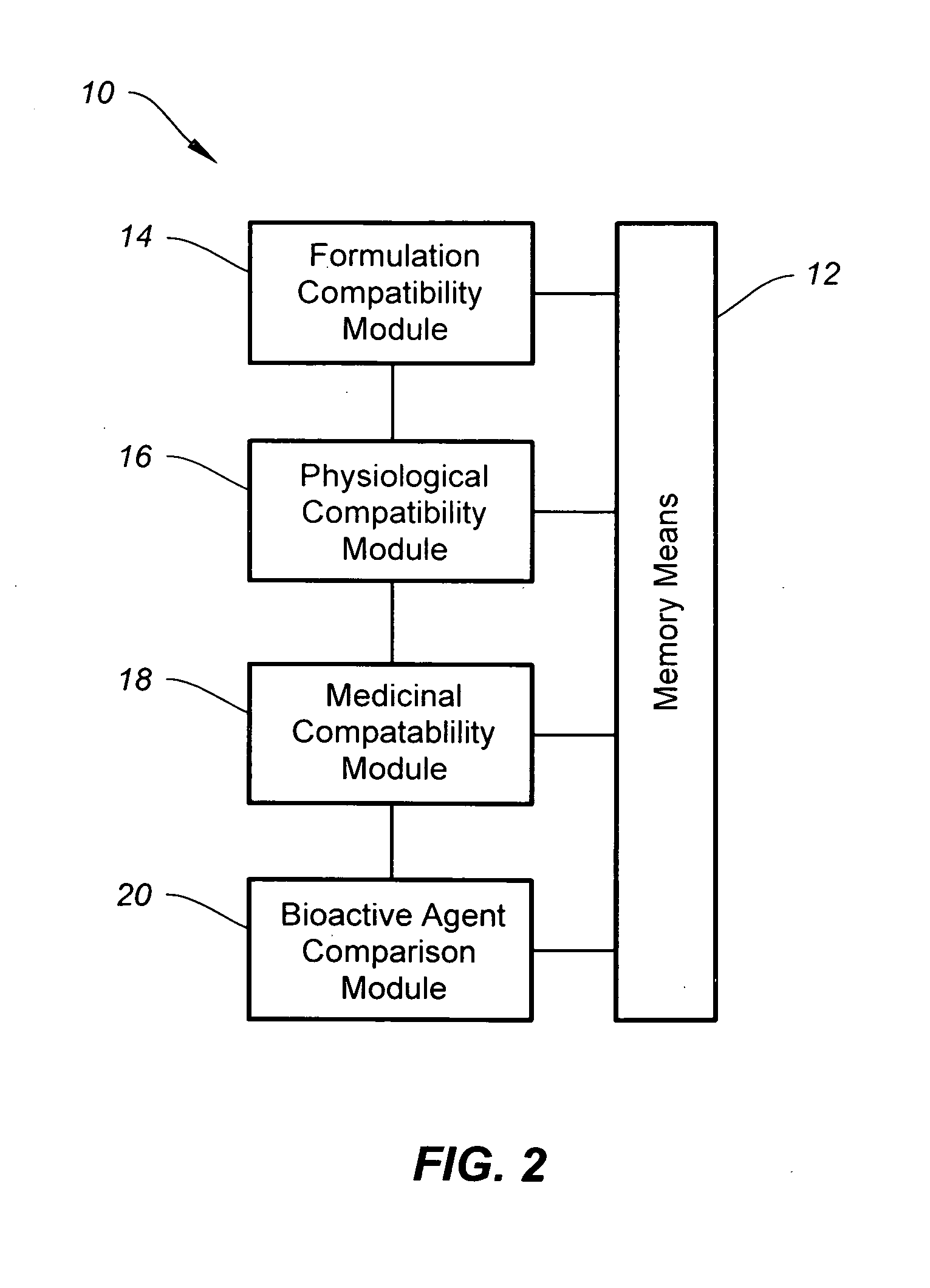However, if a person's diet is nutritionally deficient or a special health condition exists, then a vitamin and mineral supplement from a secondary source is necessary.
Unfortunately, the dosage of the vitamins and minerals ingested is often in excess of the body's requirements.
As discussed below, large doses of vitamin and mineral supplements can, and in many instances will, adversely affect body function.
This can lead to unwanted toxic buildup of certain vitamins; particularly, vitamins A, and D, and can cause teratogenic effects in the future (i.e. inherent birth defects in children).
A toxic or excess amount of vitamin D can similarly cause adverse organ function.
The main consequence of vitamin D toxicity is a buildup of calcium in your blood (hypercalcemia), which can cause hard lumps of calcium in muscles and organs, heart rhythm abnormalities, kidney stones.
Although vitamin D toxicity is rare (even among people who take supplements), it has been found that the risk of vitamin D toxicity (and the adverse consequences resulting therefrom) is significantly greater for a person experiencing abnormal liver or kidney function or ingesting thiazide-type diuretics.
An excess amount of vitamin E can similarly cause adverse physiological consequences.
Indeed, it is well known that excess amounts of vitamin E can, and in many instances will, increase the risk of bleeding (including bleeding within the brain, which can cause a stroke); particularly, for adults who are also ingesting an anticoagulant (especially Warfarin™).
Adults who ingest excess amounts of vitamin E can also experience muscle weakness, fatigue, nausea, and diarrhea.
However, as discussed below, prior to excretion, an excess amount of some water-soluble vitamins; particularly, vitamins B6 and B12, can cause a number of physiological complications.
An excess amount of vitamin B1 can, however, cause skin rashes, hypersensitivity and high blood pressure.
An excess of vitamin B3 can damage liver tissues, cause insomnia, heartburn, high blood sugar and vomiting.
Excess vitamin B6 can, however, adversely affect nerve function; particularly, nerves in the hands, feet and toes.
Excess vitamin B6 can also cause high blood pressure, low blood sugar, formation of kidney stones, insomnia, cramps, headaches, fatigue and mood swings.
Excess vitamin B12 can, however, similarly adversely affect nerve function and, in some instances, cause panic attacks, heart palpitations or hyperthyroid.
However, as discussed below, an excess amount of one or more minerals can produce toxic effects.
A deficiency of magnesium can cause sensitiveness to noise, nervousness, irritability, mental depression, confusion, twitching, trembling, apprehension, insomnia, muscle weakness and cramps in the toes, feet, legs, or fingers.
A deficiency of calcium can thus adversely affect bone and teeth formation, while an excess of calcium can lead to adverse kidney function and stones.
A deficiency of potassium can cause abnormal muscle function, e.g. weak muscles.
An excess of potassium can cause an irregular heartbeat.
While an excess of selenium can cause balding and brittle nails, intestinal distress, weakness and slowed mental functioning.
A deficiency of zinc can cause short stature, anemia, increased pigmentation of skin, enlarged liver and spleen (hepatosplenomegaly), impaired gonadal function, impaired wound healing, and immune deficiency.
An excess of zinc can cause gastrointestinal irritation (upset stomach) and cause copper deficiency.
A deficiency of chromium can cause anxiety, fatigue, glucose intolerance (particularly in people with diabetes), inadequate metabolism of amino acids, and an increased risk of arteriosclerosis.
An excess amount of chromium can cause dermatitis, intestinal ulcers, and kidney and liver impairment.
Deficiencies of some of the aforementioned vitamins and minerals can thus adversely affect body function.
However, if a person's diet is nutritionally deficient, then a vitamin and mineral supplement from a secondary source is needed.
There are, however, several drawbacks and disadvantages associated with vitamin and / or mineral supplements from secondary sources.
One major drawback is that few individuals are knowledgeable of their individual vitamin and mineral requirements and are often confused by the multitude of supplements available through secondary sources.
As a result, very few individuals purchase and ingest the appropriate supplement.
Moreover, many people consume more vitamins and or minerals that are needed.
A further major drawback is that most, if not all, vitamin supplements comprise unbalanced and / or excessive amounts of one or more vitamins.
The noted amounts of B vitamins can, and in most instances will, result in undesirable stress on organs to process and excrete the excess amounts of the B vitamins.
Further, since B vitamins are interdependent, excess quantities of one B vitamin can adversely affect the bioactivity of other B vitamins and, in some instances, can produce a deficiency of other B vitamins or an allergic reaction.
In many instances, the noted materials are similarly provided in unbalanced and / or excessive amounts that can be toxic.
As is well known in the art, many minerals, such as iron and chromium, can build up in the body and adversely affect organ function.
For example, a toxic amount (e.g., ≧25 mg) or buildup of iron can cause liver and heart damage (atherosclerosis).
As stated above, a toxic amount (e.g., ≧50 mg) or buildup of chromium can cause dermatitis, intestinal ulcers, and kidney and liver impairment.
A further major drawback associated with vitamin (and mineral) supplements from secondary sources is that the secondary sources do not account for (i) formulation compatibility, i.e. compatibility by and between supplement formulation components, e.g., individual vitamins, minerals, fillers, etc., (ii) physiological compatibility, i.e. compatibility by and between formulation components and the body, or (iii) medicinal compatibility, i.e. compatibility by and between formulation components and pharmacological agents, i.e. prescribed and over-the-counter medications.
As discussed in detail herein, compatibility issues by and between formulation components, formulation components and the body, and formulation components and pharmacological agents can, and in many instances will, adversely affect the bioavailability of one or more formulation components and / or pharmacological agents.
Compatibility issues by and between formulation components, formulation components and the body, and formulation components and pharmacological agents can, and in many instances will, also adversely affect body function.
Vitamin K can interfere with such drugs.
While very low levels of vitamin K in the body can result in poor clot formation and increased bleeding, very high doses of ingested or administered vitamin K may act to counteract large doses of anticoagulants, placing the patient at risk for clot formation.
Similarly, high levels of vitamin C (ascorbic acid) may interfere with anticoagulant inhibition of the clotting pathway and lead to increased risk for clot formation.
In high doses (>75 mg), niacin may dilate blood vessels and heighten the medication effects, resulting in dangerously low blood pressure.
Excessive vitamin D ingestion while on diuretic therapy can result in increased calcium in the blood.
As in other vitamin D-drug interactions, increased blood calcium can also cause abnormal heartbeats, i.e. arrhythmias.
 Login to view more
Login to view more 


